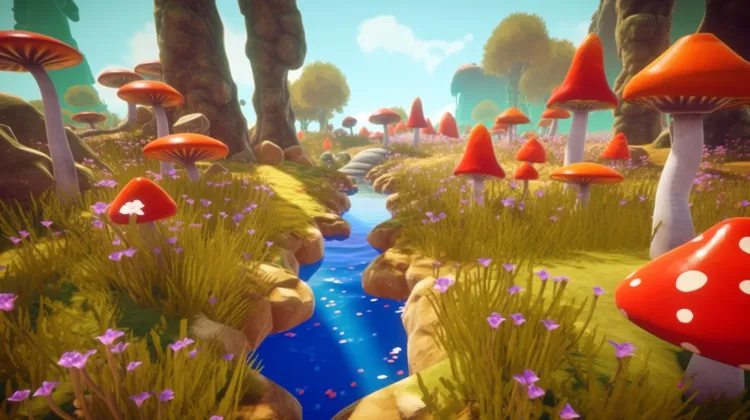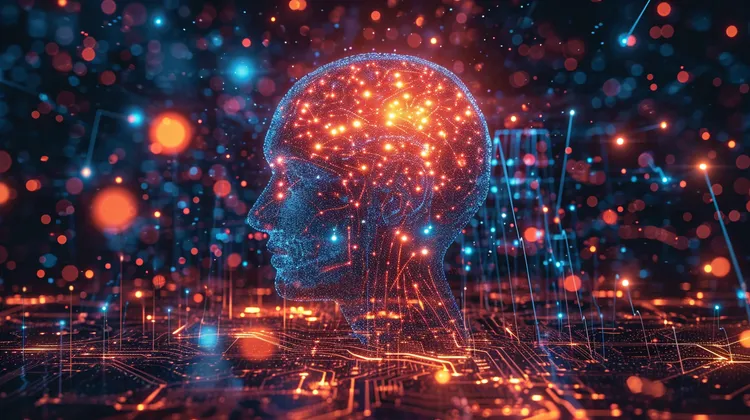Web2 Models Boost Web3 Games: A Path to Thriving
The gaming industry has witnessed significant transformations over the past decades, from the creation of simple 2D games to the emergence of immersive 3D environments. But now, with the advent of Web3 technologies, the gaming world is heading towards a new era of decentralized, user-centric experiences. Leveraging the advantages of Web2 models, Web3 games are paving the way for a thriving ecosystem that offers enhanced gameplay and unparalleled opportunities for players and developers alike.
Web2, or Web 2.0, is the current stage of internet evolution wherein platforms and applications allow users to actively participate, collaborate, and contribute to online content creation. This model has served as the foundation for popular social media platforms like Facebook, Twitter, and YouTube. It has fostered communities, encouraged user-generated content, and monetized user engagement.
Enter Web3, a paradigm shift characterized by blockchain technology, decentralized applications (dApps), and smart contracts. Web3 games leverage these aspects to empower users with greater control, ownership, and transparency. By utilizing the decentralized nature of Web3, traditional gaming models are disrupted as players can truly own in-game assets, trade them on open marketplaces, and even earn real-world value.
Furthermore, Web2 models contribute to the growth of Web3 games by providing scalable user acquisition strategies. Implementing effective marketing techniques from Web2 platforms, developers can attract a wider audience to their Web3 games. The ability to leverage existing social networks and data tracking tools allows for targeted advertising to potential players, thus increasing visibility and awareness of these innovative games.
Additionally, Web2 models offer developers a proven monetization framework that can be adapted to the Web3 environment. This includes in-app purchases, subscriptions, and advertisements. By incorporating these strategies into Web3 games, developers can generate sustainable revenue streams, fostering their ability to create immersive experiences and provide ongoing support and updates for players.
Another crucial aspect of Web2 models is the community-building potential they possess. Through these existing platforms, developers can form communities around their Web3 games, enabling players to connect, share experiences, and organize events. This sense of belonging and engagement not only enhances the overall gaming experience but also creates invaluable feedback loops for developers to improve and refine their games.
Moreover, Web2 models can serve as a bridge connecting Web3 games to mainstream adoption. The familiarity and ease of use offered by Web2 platforms attract users who may not be familiar with blockchain technology or decentralized applications. This helps to reduce entry barriers and encourages wider user adoption of Web3 games, creating a virtuous cycle as more players contribute to the growth of the ecosystem.
With Web2 models at the helm, Web3 games benefit from established player profiles, data analytics, and social integration. These models facilitate the tracking of player behavior, preferences, and engagement patterns, providing valuable insights to developers for game optimization and personalized experiences. Additionally, social integration allows players to connect and interact with their existing social circles, fostering community interaction and social gaming dynamics.
Web2’s frameworks for user-generated content also leave room for innovation in Web3 games. By incorporating user-generated content creation tools, developers can empower players to create their own in-game assets, levels, and quests, enriching the overall game experience and increasing player satisfaction. This not only enhances gameplay but also contributes to the longevity of Web3 games.
Furthermore, Web2 models provide a solid infrastructure for cross-platform compatibility. With Web3 games being accessible via browsers and mobile devices, the familiar user experience offered by Web2 platforms ensures smooth transition and accessibility across different devices. This seamless integration supports continuous engagement and enhances the overall gaming experience, contributing to the thriving Web3 gaming ecosystem.
In conclusion, Web2 models serve as a catalyst for the growth and success of Web3 games. By leveraging existing frameworks, marketing strategies, monetization techniques, and community-building potentials, Web3 games can attract a broader audience and offer unparalleled gaming experiences. The combination of Web2 and Web3 properties creates a pathway towards a thriving ecosystem where players truly own their assets, interact with vibrant communities, and contribute to the game’s evolution. With the seamless integration of these models, Web3 games are well-positioned to shape the future of gaming and redefine the way players engage with virtual worlds.




These so-called “thriving ecosystems” are just an excuse for developers to exploit their players.
The community-building potential of Web2 models is invaluable for Web3 games. Building connections and sharing experiences with fellow players makes the gaming experience even more enjoyable. 💞🌟
The monetization framework from Web2 models is a smart move for Web3 games. It ensures sustainable revenue streams and supports ongoing support and updates for players. 💵💡